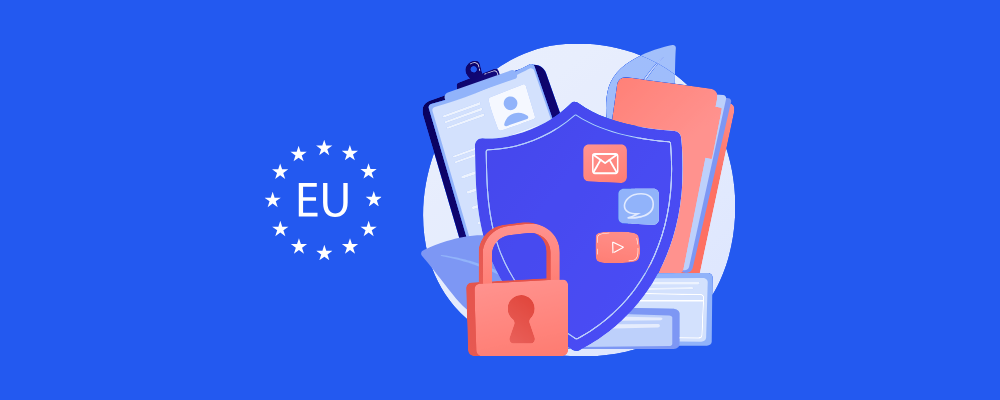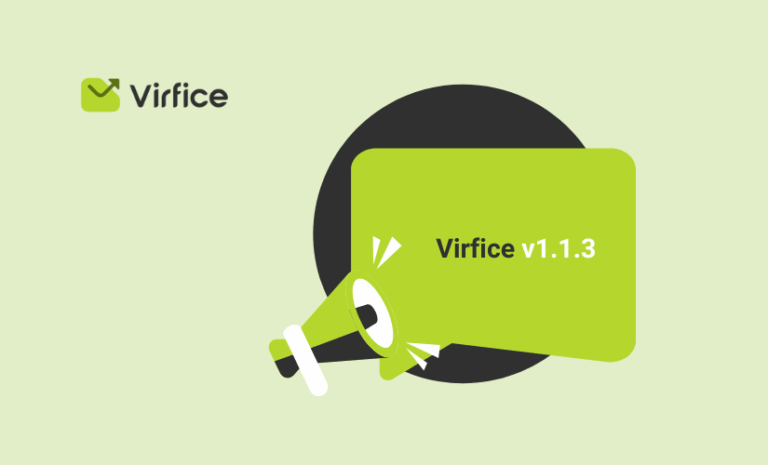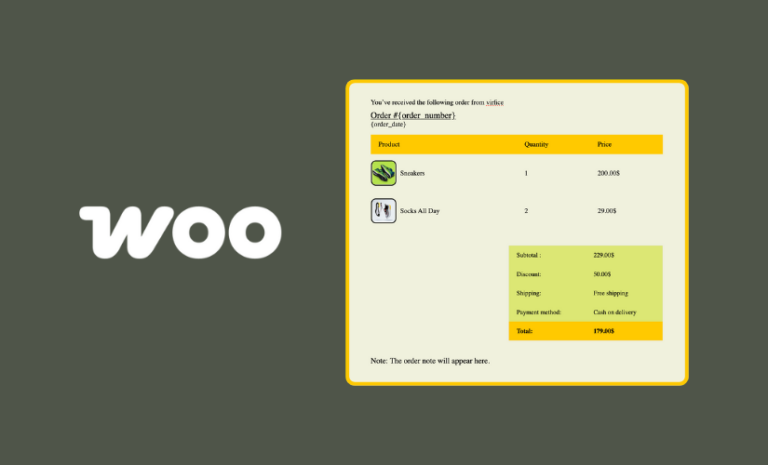Are sending email campaigns and want to comply with the EU ePrivacy Directive? Read our guidelines to learn about the EU ePrivacy Directive in detail and know how to be compliant.
The ePrivacy Directive, officially known as the “Privacy and Electronic Communications Directive 2002/58/EC,” establishes a comprehensive data protection and privacy framework within the European Union (EU). It focuses on ensuring the confidentiality of communications and protecting personal data in the digital age. Understanding and complying with this directive is crucial for email senders to avoid legal pitfalls and build trust with recipients. This article outlines key steps email senders can take to comply with the EU ePrivacy Directive.
Understanding the EU ePrivacy Directive

The EU ePrivacy Directive complements the General Data Protection Regulation (GDPR) by providing specific rules for electronic communications. Key aspects include:
- Consent for Marketing Communications: Email senders must obtain explicit consent from recipients before sending marketing emails. This consent must be informed, freely given, and specific.
- Transparency and Information: Email senders must inform recipients about who is sending the email, the purpose of the communication, and how their data will be used.
- Right to Opt-Out: Recipients must be provided with an easy and accessible way to opt out of future communications at any time.
- Security of Communications: Senders must ensure that the communication channels used are secure and protect the confidentiality of personal data.
Steps to Comply with the EU ePrivacy Directive
- Obtain Explicit Consent
- Double Opt-In: Implement a double opt-in process where recipients confirm their consent by clicking a link in a confirmation email. This ensures that the consent is intentional and verifiable.
- Clear Consent Forms: Use straightforward and easy-to-understand language in consent forms. Avoid pre-ticked checkboxes or any form of implied consent.
- Provide Comprehensive Information
- Transparency: Clearly state who you are, why you are collecting the recipient’s email address, and how it will be used. Include this information in your privacy policy and link to it in your emails.
- Purpose Limitation: Collect data only for specified, explicit, and legitimate purposes. Ensure that recipients know what types of communications they are consenting to receive.
- Implement Easy Opt-Out Mechanisms
- Unsubscribe Links: Include a visible and functional unsubscribe link in every email. Ensure that the opt-out process is simple and immediate.
- Preference Centers: Offer a preference center where recipients can choose the types of emails they wish to receive or opt out entirely.
- Secure Email Communications
- Encryption: Use encryption methods to protect email content and recipient data. Transport Layer Security (TLS) is commonly used to encrypt emails during transmission.
- Data Breach Protocols: Have procedures in place to detect, report, and respond to data breaches. Inform affected individuals promptly if their data is compromised.
- Regular Audits and Compliance Checks
- Internal Audits: Regularly audit your email marketing practices to ensure compliance with the ePrivacy Directive. Document these audits and address any identified issues promptly.
- Training: Provide ongoing training for your team on data protection and privacy best practices. Ensure that they are aware of the latest regulatory requirements.
Penalties for Breaching the EU ePrivacy Directive
Non-compliance with the ePrivacy Directive can result in significant penalties, including substantial fines and other regulatory actions. These penalties are designed to enforce adherence to the rules and to protect the privacy rights of individuals within the European Union. Here’s a breakdown of the potential consequences for breaching the ePrivacy Directive:
1. Fines
The fines for non-compliance with the ePrivacy Directive can be quite substantial, and they vary depending on the nature and severity of the breach. Each EU member state has its regulatory authority that enforces the directive and determines the penalties. However, the general principles of fines are consistent across the EU:
- Minor Breaches: Minor infractions, such as failing to include an unsubscribe link in a marketing email, can result in smaller fines. These fines can still be significant, often ranging from thousands to tens of thousands of euros.
- Serious Breaches: Serious violations, such as sending unsolicited marketing emails without consent or failing to secure personal data adequately, can lead to much higher fines. These fines can reach up to €20 million or 4% of the company’s annual global turnover, whichever is higher. This is in line with the penalties under the General Data Protection Regulation (GDPR), which often accompanies EU ePrivacy Directive enforcement.
2. Regulatory Actions
In addition to financial penalties, regulatory authorities can take other actions against non-compliant entities, including:
- Orders to Cease Activities: Regulatory bodies can order companies to stop sending marketing communications until they are compliant with the directive.
- Mandatory Audits: Authorities can mandate audits of the company’s data protection practices to ensure future compliance.
- Public Reprimands: Regulatory bodies can issue public reprimands, which can damage the company’s reputation and erode consumer trust.
3. Compensation Claims
Individuals whose privacy rights have been violated may have the right to seek compensation for damages suffered due to non-compliance. This can include compensation for both material and non-material damages, such as distress caused by unsolicited communications or data breaches.
4. Criminal Penalties
In some EU member states, severe breaches of data protection and privacy laws can also lead to criminal penalties for responsible individuals within the organization. This could include imprisonment for the most egregious violations, such as intentional and severe data breaches.
How to Avoid Penalties
To avoid these penalties, organizations should:
- Ensure Compliance: Regularly review and update data protection policies and practices to comply with the ePrivacy Directive and GDPR.
- Train Staff: Educate employees on the importance of data protection and privacy, and train them on how to handle personal data correctly.
- Conduct Regular Audits: Perform regular internal audits to identify and rectify any compliance issues.
- Seek Legal Advice: Consult with legal experts specializing in EU data protection laws to ensure that your practices meet all regulatory requirements.
Breaching the EU ePrivacy Directive can have severe financial and reputational consequences. By understanding the potential penalties and taking proactive steps to ensure compliance, email senders can protect themselves from hefty fines and other regulatory actions. Compliance not only safeguards against penalties but also builds trust with recipients, fostering long-term relationships and enhancing brand reputation.
Email senders operating within the EU must take the ePrivacy Directive seriously. By obtaining explicit consent, providing clear information, implementing easy opt-out mechanisms, securing email communications, and conducting regular compliance checks, you can ensure that your email marketing practices align with EU regulations. Compliance is not just a legal obligation but also a way to foster trust and maintain a positive relationship with your recipients.
Wondering what the CAN-SPAM Act is and how to comply? 🧐 Check out our guide to understand the importance of the CAN-SPAM Act and ensure your email campaigns are compliant!



